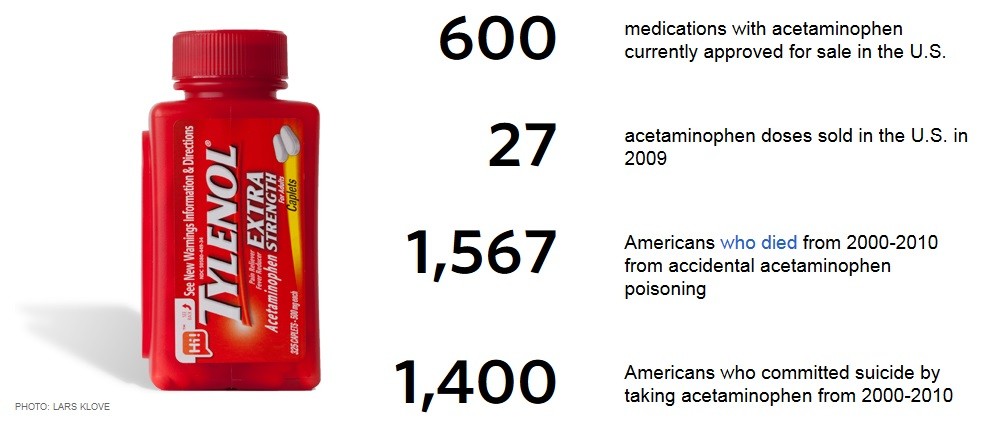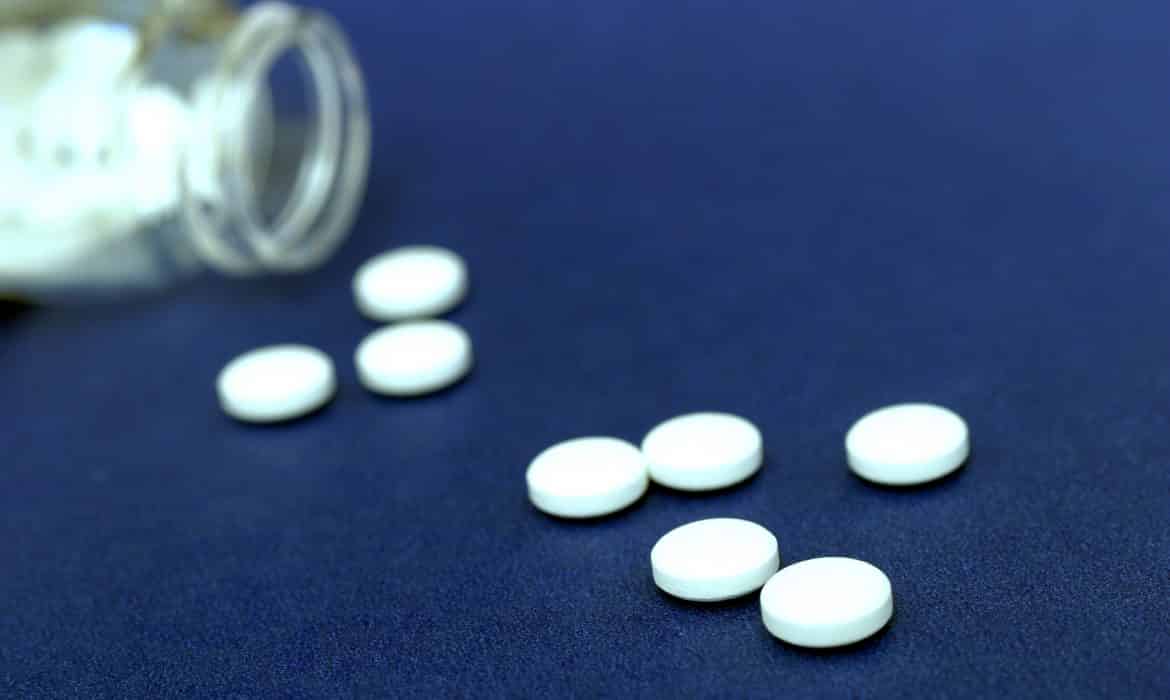

Obtain serum acetaminophen concentration immediately and at 4 hours from ingestion (if known) or presentation (if not known).If possible, determine dose, single ingestion or recurrent, time since ingestion, intentional vs accidental, baseline liver disease or risk factors.Resolution of symptoms and labs may take longer. Usually is complete by 7 days post-ingestion, but can be prolonged in very ill patients.
 Stage IV – 96 hours-2 weeks: recovery phase. If death occurs, it is in this stage, usually from multiorgan failure. Patients with severe hepatotoxicity will have transaminases >10K, increased INR, hypoglycemia, lactic acidosis, total bilirubin >4. Stage III – 72-96 hours: same symptoms as in stage I return, along with jaundice, hepatic encephalopathy, drastic LFT rise, elevated ammonia, and coagulopathy. Abnormalities in renal function and coagulopathy may also begin to appear. Will develop RUQ pain, tenderness, and liver enlargement. Stage II – 24-72 hours: stage I symptoms may improve, but laboratory values will worsen, with elevated hepatic aminotransferases (usually AST first, then ALT) by 36 hours. Serum aminotransferases are often normal, but can rise as early as 8-12h after massive ingestion. Massive ingestions (e.g., serum levels >500 mg/L) can cause acute CNS depression, AGMA, and hypotension. Stage I – 0-24 hours: anorexia, nausea, vomiting, diaphoresis, lethargy, malaise, pallor may also be asymptomatic, especially early. Sudafed) can lead to accidental overdose. Percocet) and as part of many over the counter cold medications (e.g. Acetaminophen is found in combination with opioids (e.g. Kidneys also have P450 enzymes and can sustain damage from toxic intermediates. Toxicity is worsened by starvation (low glutathione) and chronic alcohol use (induces P450 enzymes which creates more toxic metabolites). Toxicity is likely in adults after single, acute ingestion of >250mg/kg or >12g per 24h blood level >150 mg/L after 4 hours is toxic and will require treatment. N-acetylcysteine (NAC, Mucomyst®) works by repleting glutathione, enhancing sulfate conjugation, and may directly bind to NAPQI. Overdose will lead to excess NAPQI, which depletes glutathione supply, and reactive intermediates damage hepatocytes. Normally safely metabolized by glucuronidation and sulfonation (>90%) even at appropriate doses a small fraction will be metabolized to a highly toxic reactive intermediate (NAPQI), which is normally detoxified by conjugation with glutathione for renal excretion. Acetaminophen is absorbed by the duodenum metabolized by the liver.
Stage IV – 96 hours-2 weeks: recovery phase. If death occurs, it is in this stage, usually from multiorgan failure. Patients with severe hepatotoxicity will have transaminases >10K, increased INR, hypoglycemia, lactic acidosis, total bilirubin >4. Stage III – 72-96 hours: same symptoms as in stage I return, along with jaundice, hepatic encephalopathy, drastic LFT rise, elevated ammonia, and coagulopathy. Abnormalities in renal function and coagulopathy may also begin to appear. Will develop RUQ pain, tenderness, and liver enlargement. Stage II – 24-72 hours: stage I symptoms may improve, but laboratory values will worsen, with elevated hepatic aminotransferases (usually AST first, then ALT) by 36 hours. Serum aminotransferases are often normal, but can rise as early as 8-12h after massive ingestion. Massive ingestions (e.g., serum levels >500 mg/L) can cause acute CNS depression, AGMA, and hypotension. Stage I – 0-24 hours: anorexia, nausea, vomiting, diaphoresis, lethargy, malaise, pallor may also be asymptomatic, especially early. Sudafed) can lead to accidental overdose. Percocet) and as part of many over the counter cold medications (e.g. Acetaminophen is found in combination with opioids (e.g. Kidneys also have P450 enzymes and can sustain damage from toxic intermediates. Toxicity is worsened by starvation (low glutathione) and chronic alcohol use (induces P450 enzymes which creates more toxic metabolites). Toxicity is likely in adults after single, acute ingestion of >250mg/kg or >12g per 24h blood level >150 mg/L after 4 hours is toxic and will require treatment. N-acetylcysteine (NAC, Mucomyst®) works by repleting glutathione, enhancing sulfate conjugation, and may directly bind to NAPQI. Overdose will lead to excess NAPQI, which depletes glutathione supply, and reactive intermediates damage hepatocytes. Normally safely metabolized by glucuronidation and sulfonation (>90%) even at appropriate doses a small fraction will be metabolized to a highly toxic reactive intermediate (NAPQI), which is normally detoxified by conjugation with glutathione for renal excretion. Acetaminophen is absorbed by the duodenum metabolized by the liver.






 0 kommentar(er)
0 kommentar(er)
